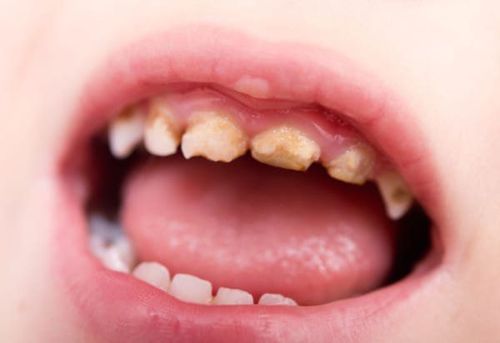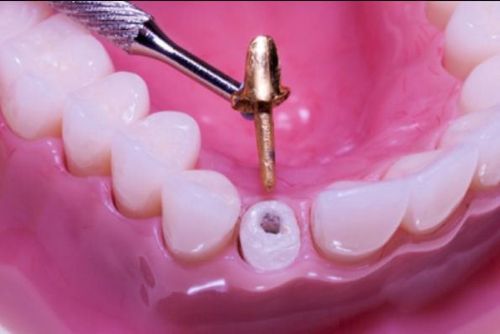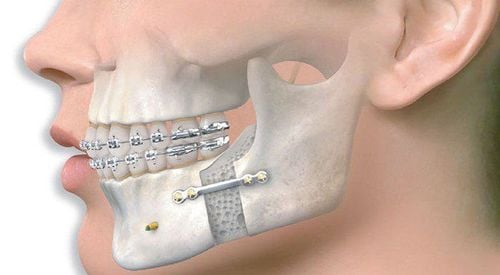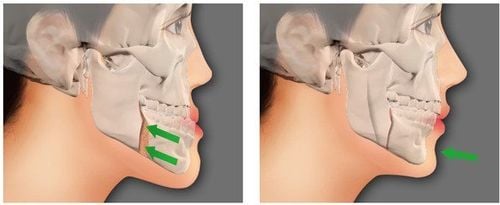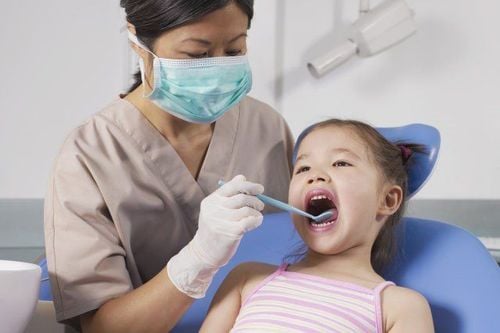This is an automatically translated article.
The article was written by Specialist Doctor II Nguyen Khanh Nam - General Surgery Department - Vinmec Nha Trang International General Hospital
There are many causes leading to cracked teeth or broken crowns leading to different manifestations and symptoms. Depending on how large or small a crack can affect the progress of dental treatment. There are small cracks on the enamel surface, but there are also cracks that break the fascia, dividing the tooth into two or more parts.
1. Classification of tooth cracks
According to the symptoms of tooth cracks, cracks can be divided into 3 types:
Line cracks (broken) teeth Divide crowns
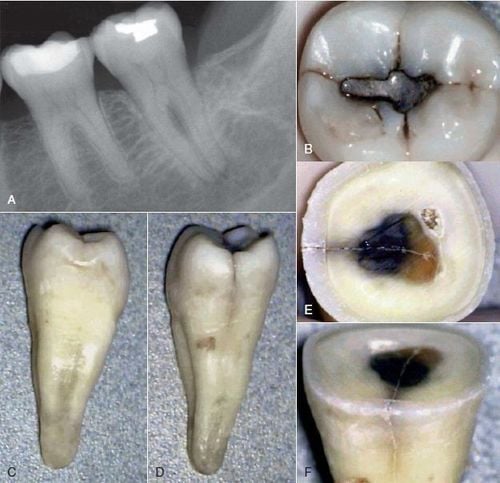
2. Clinical features of cracked teeth
Because the condition of a cracked tooth cannot be detected even with an x-ray, so you can only detect it through the following signs:
You can recognize it with the naked eye if it is Cracks in the crown of the tooth Pain when chewing or biting food, especially when you eat hard objects Sensitive to hot, cold, acidic foods, sometimes even sweets for a short period of time and repeated several times a day The gums around a cracked tooth become swollen, red, and painful to the touch.
3. How to treat cracked and broken teeth?
3.1 Reef line
The structure of a tooth has 3 layers including the outermost enamel layer, the dentin then the innermost pulp. Stretch marks are simply cracks in the enamel and do not extend into the dentin, occurring spontaneously or following trauma. Stretch marks often occur in adults and often in the molar group.
Stretch marks often show nothing and are difficult to detect without looking closely. If it does not affect the aesthetics, the stretch marks can be considered as a normal pathological phenomenon and do not need to be treated. However, you still need to monitor their progress to have appropriate treatment if their symptoms are more severe.
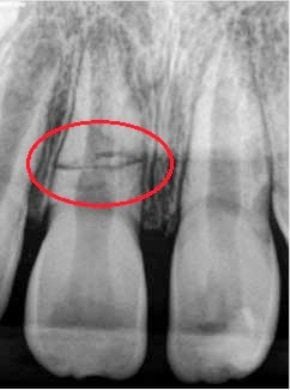
3.2 Broken teeth (or cracked teeth)
Broken or cracked tooth is a more severe crack than a stretch mark. At this point, the crack has gone deep into the dentin and mainly spread to the mesial or distal, involving the lateral edge of the tooth.
The crack can progress into the root system and affect the pulp, sometimes it can split the tooth into 2 separate pieces. Symptoms may be mild, moderate, severe, or sometimes no symptoms at all.
Long-term tooth cracks can invade the tooth pulp, bacteria follow the crack causing pulp damage, necrosis and eventually lead to pulp death. Cracked teeth can be treated with fillings, endodontic treatment, or possibly extraction, depending on the direction of the crack, the severity of symptoms, and the ability to eliminate symptoms.
Filling is a method of using composite - dental materials to seal cracks to prevent invasion by bacteria. Fillings are often used in cases of mild tooth cracks that have not impacted the tooth pulp.
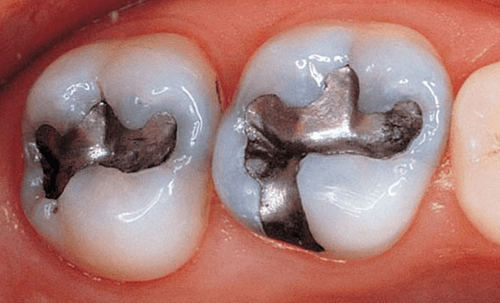
3.3 Divide the root of the tooth
Crown split is the most severe manifestation of tooth fracture, when the crack spreads from one tooth face to another and the tooth is divided into 2 parts. If the dividing line is oblique, it is possible to remove the small tooth fragment and restore it with fillings, onlays or porcelain veneers. However, if the dividing line extends below the alveolar margin, restoration and endodontic treatment may need to be carefully considered.
Please dial HOTLINE for more information or register for an appointment HERE. Download MyVinmec app to make appointments faster and to manage your bookings easily.





